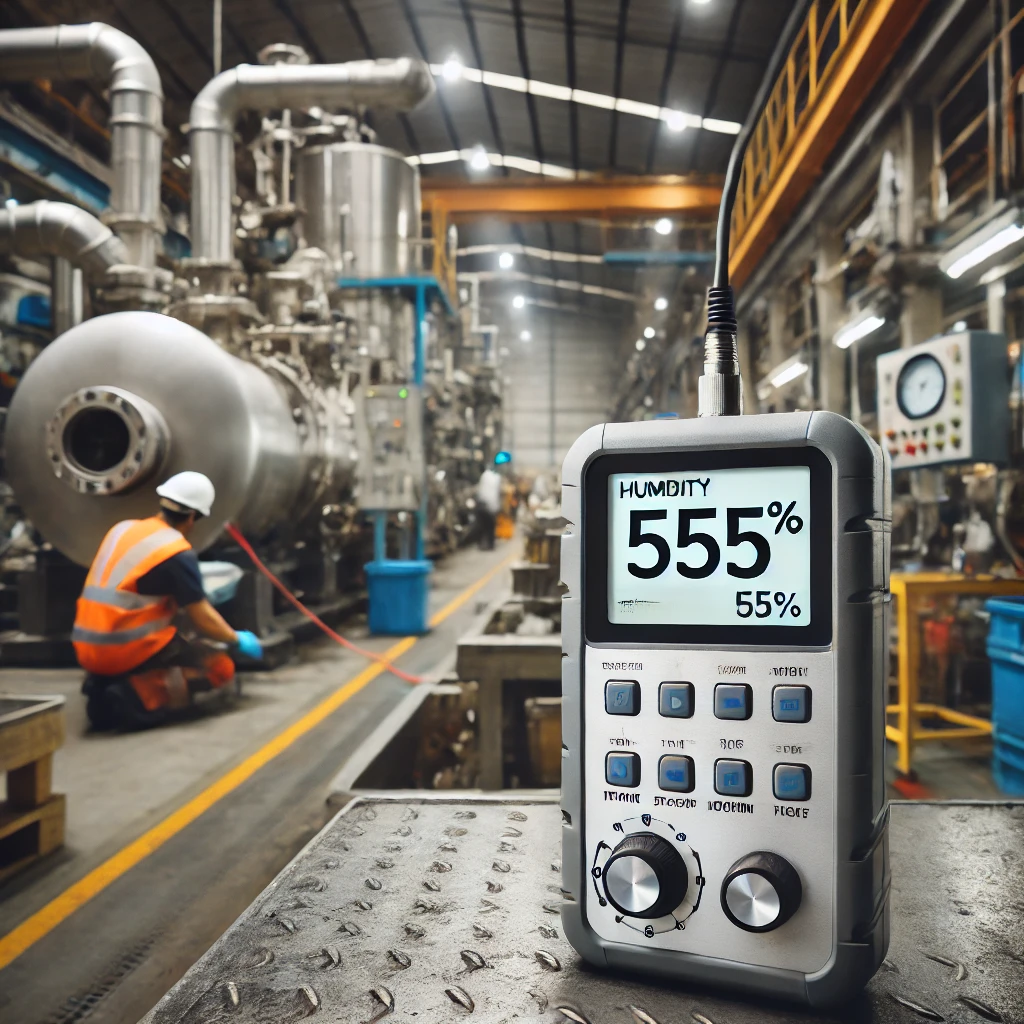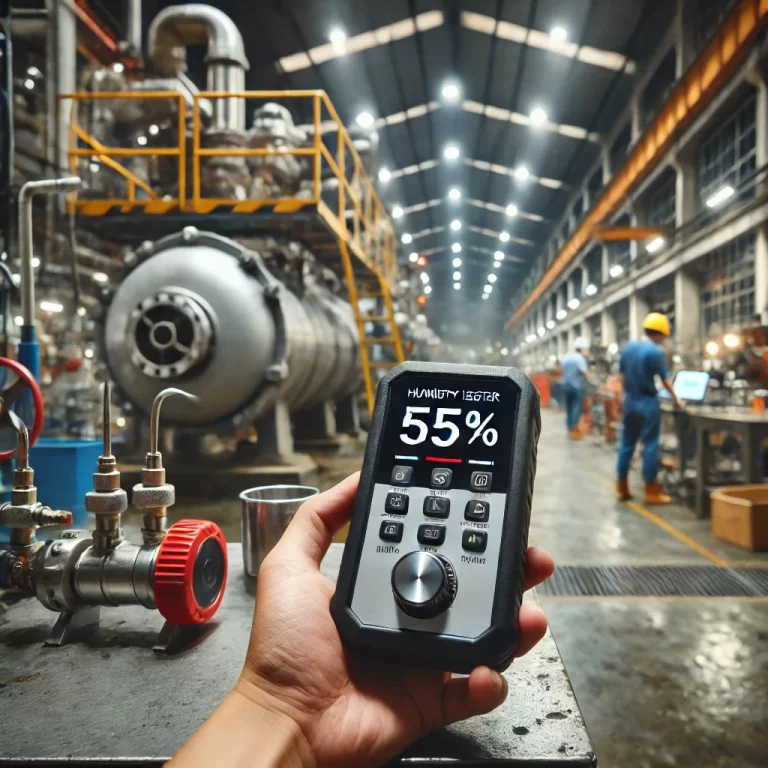Common methods for measuring humidity include: dynamic methods (dual pressure method, dual temperature method, and split-flow method), static methods (saturated salt method and sulfuric acid method), dew point method, dry and wet bulb method, and electronic sensor method.
Method 1: Dynamic Method
The dual pressure method and dual temperature method are based on the principles of thermodynamic P, V, T equilibrium, which require a long time to reach equilibrium. The split-flow method is based on the precise mixing of absolutely humid and absolutely dry air.
These methods can be highly precise due to modern measurement and control techniques, but the equipment is complex, expensive, and time-consuming to operate, mainly used for standard measurement purposes, with a measurement accuracy of up to ±2% RH or more.

Method 2: Static Method
The saturated salt method, a common method in humidity measurement, is simple and easy to use. However, it requires strict balance between liquid and gas phases and stable environmental temperature. It requires a long time to balance, especially for low humidity points. When there is a significant difference between indoor humidity and the humidity inside the container, it needs 6 to 8 hours to balance each time it is opened.
Method 3: Dew Point Method
The dew point method measures the temperature at which humid air reaches saturation, which is a direct result of thermodynamics, offering high accuracy and a wide measurement range. Precision dew point meters used for measurement can achieve an accuracy of ±0.2°C or even higher. However, modern optical-electronic chilled mirror dew point meters are expensive and are often used with standard humidity generators.
Method 4: Dry and Wet Bulb Method
Invented in the 18th century, the dry and wet bulb method is a historically long-standing and widely used method for measuring humidity. It is an indirect method that calculates humidity values using the dry and wet bulb equation, which requires the wind speed around the wet bulb to reach at least 2.5 m/s.
Commonly used dry and wet bulb thermometers simplify this condition, resulting in an accuracy of only 5-7% RH. The dry and wet bulb method is not a static method, and simply improving the measurement accuracy of the two thermometers does not equate to improving the accuracy of the hygrometer.

Method 5: Electronic Humidity Sensor Method
The electronic humidity sensor industry emerged in the 1990s, and significant progress has been made in the research and development of humidity sensors domestically and internationally in recent years. Temperature and humidity transmitters are products that use humidity-sensitive components for industrial automation measurement.
Temperature and humidity transmitters are widely used in various environments such as indoors, outdoors, ventilation ducts, and constant temperature and humidity controllers/boxes in HVAC systems.
They feature good long-term stability, a wide operating temperature range, high measurement accuracy, and high protection levels. Temperature and humidity transmitters have become indispensable products in the field of instruments and meters.
